KEY CHALLENGES:
- Indiana’s labor market is historically tight, with over 18k unique jobs open in the Indy Region alone.
- Postsecondary enrollment dropped 12% from 2015-2020, falling 10% below the national average (Black students decreased from 50% to 43% between 2019-2020; Hispanic/Latino decreased from 49% to 44%).
- In two-thirds of Indiana counties, less than half of children 0-5 have access to high-quality, reliable, and affordable early education.
RAISE POST-SECONDARY ATTAINMENT:
Automatically enroll eligible students in the 21st Century Scholars Program to increase higher education enrollment, particularly for low-income students and students of color.
- 40% of high school graduates are eligible for 21st Century Scholars, but less than half of eligible students enroll. Automatic enrollment would deliver resources to a greater number of eligible students—the state already budgets for the full eligible population.
- 21st Scholars are nearly three times more likely to attend college than their low-income peers. Across all demographic groups, 21st Scholars are as or more likely to complete college than their higher-income peers.
- Increase Complexity Index to ensure adequate support to maintain current scholar program requirements, increased FAFSA completion, sufficient counseling resources, and wraparound services for increased student enrollment.
EARLY EDUCATION
Expand access to and affordability of high-quality, early education and childcare to support parental labor force participation:
- Increase the eligibility threshold to allow more Hoosier families to access high-quality early education.
- Align state investment to expand access and accommodate market rate increases (wage inflation).
- Support streamlined regulations on early education providers and explore other solutions to address workforce shortages (e.g., direct surplus stimulus dollars to tuition forgiveness, and employee benefits).

